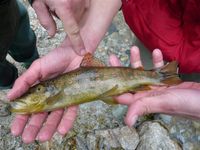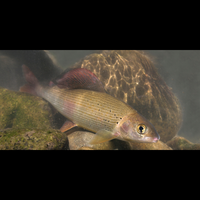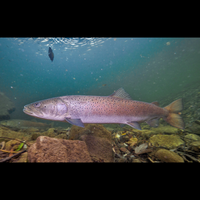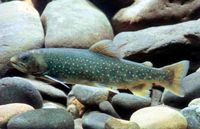The Danube River Basin.
The Danube River Basin is the second largest river basin in Europe and one of the most ecologically and culturally significant watersheds in the world. Stretching across 19 countries, it connects Central and Eastern Europe, from the Black Forest mountains in Germany to the Black Sea in Romania and Ukraine. The basin is a vital freshwater resource, supporting drinking water supply, agriculture, hydropower, fisheries, and transport for millions of people. Its diverse landscapes and ecosystems make it one of Europe’s most important river systems.
Geography.
The Danube River originates in the Black Forest mountains of Germany at the confluence of the Brigach and Breg streams. It flows southeast for about 2,850 kilometers, making it the second-longest river in Europe after the Volga. The basin drains an area of approximately 801,000 square kilometers, covering about one-fifth of continental Europe. The river itself passes through or borders 10 countries (Germany, Austria, Slovakia, Hungary, Croatia, Serbia, Romania, Bulgaria, Moldova, and Ukraine). However, the entire Danube Basin extends into 19 countries in total, making it the most international river basin in the world. The Danube empties into the Black Sea through the Danube Delta, one of Europe’s most valuable wetland ecosystems.
Fishing the Danube River basin.
The Danube Basin hosts four native salmonid species. These fish are mainly found in the upper basin and alpine tributaries, where cold, clear, and fast-flowing waters provide the right habitat:
- Hucho hucho (Huchen / Danube salmon) – Often called the “fish of a thousand casts”, the huchen is one of Europe’s most legendary freshwater predators. Native only to the Danube system, it requires strong, flowing rivers and spawns in clean gravel beds. Targeted mostly in winter and early spring, it is considered the ultimate challenge for dedicated anglers.
- Salmo trutta (Brown trout – Danubian lineage) – The native Danubian form of brown trout thrives in cold tributaries and alpine streams. It is well adapted to the basin’s dynamic flow conditions and has historically formed strong, self-sustaining populations. These trout are highly valued for their resilience and ecological role in maintaining the natural balance of river ecosystems.
- Thymallus thymallus (Grayling) – A characteristic species of the upper Danube, grayling are abundant in clear, fast-flowing rivers. Recognizable by their tall, sail-like dorsal fin, they are sensitive to pollution and habitat change, making them a good indicator of river health. Their presence highlights the ecological richness of the upper basin’s waters.
- Salvelinus umbla (European Arctic char) – Native to high mountain lakes in the Alps, this char is found only in restricted parts of the Austrian Danube Basin. It thrives in cold, deep, oligotrophic lakes and represents one of the basin’s most specialized salmonids. Although not widespread, its presence adds to the diversity of the upper Danube’s alpine fish fauna.
And three non native species:
- Oncorhynchus mykiss (rainbow trout)
Introduced widely for sport fishing, rainbow trout are stocked in tributaries and reservoirs throughout the basin. They coexist with native species but rarely establish long-term wild populations without human support. Despite being non-native, they remain a popular quarry due to their strength and willingness to take a fly. - Salmo trutta (Brown trout – Atlantic lineage) – Stocked over decades across much of the basin, the Atlantic form of brown trout has mixed with local stocks. While not a separate species, this introduction has diluted the unique Danubian genetic lineage. Today, conservation efforts focus on protecting and restoring the purity of native Danubian trout populations.
- Salvelinus fontinalis (Brook trout) – Originally from North America, brook trout were introduced into alpine streams in Austria, Slovakia, and Romania. They survive in some upland waters, but in most cases compete with native trout and char, limiting their ecological value.
Cultural and Historical Significance
The Danube has long been one of Europe’s most important cultural corridors. From Roman trade routes and medieval cities like Vienna, Bratislava, and Budapest, to its role as a natural boundary and meeting place of empires, the river has shaped European history.
The Danube was also central to literature, art, and music—immortalized in works such as Johann Strauss’s The Blue Danube. Its banks are lined with UNESCO World Heritage Sites, fortresses, and ancient towns that reflect the cultural richness of the region.
Tourism.
The Danube River is a major destination for both recreation and ecotourism. Anglers visit for the chance to catch huchen, catfish, or zander, while the Danube Delta is world-famous for birdwatching and wildlife. Popular activities include boating, river cruises, kayaking, cycling along the Danube Cycle Path (EV6), and hiking in the basin’s national parks. Major cities such as Vienna, Budapest, and Belgrade also serve as cultural and tourism hubs, combining history with modern riverfront life.




